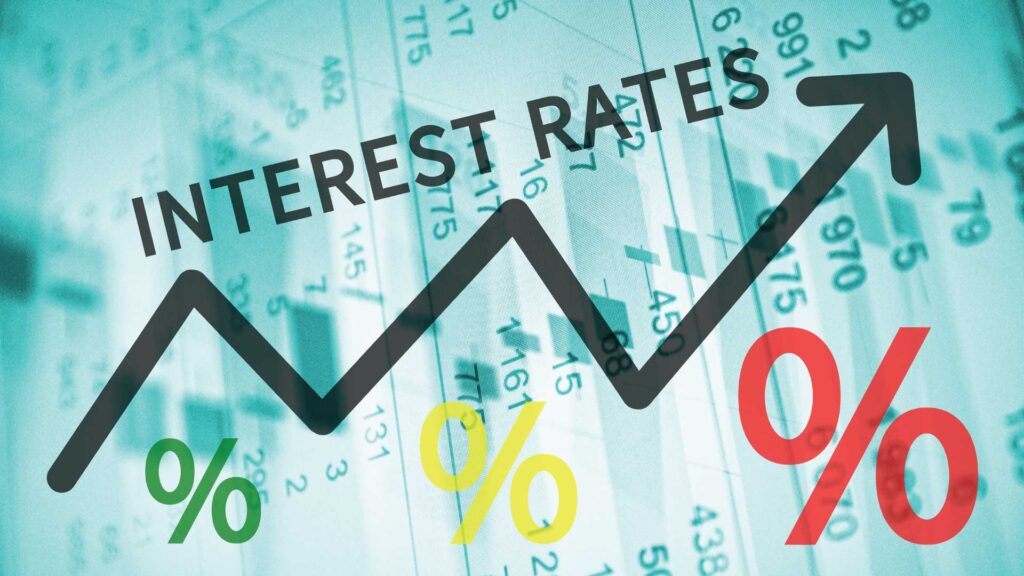Interest rates play a crucial role in personal finance, affecting everything from loans and credit cards to savings accounts and investments.
Understanding how interest rates work and their impact on your financial situation is essential for making informed decisions that can save you money in the long run. This article will explore the different types of interest rates, their implications, and strategies for managing them effectively.

What Are Interest Rates?
At its core, an interest rate is the cost of borrowing money, expressed as a percentage of the total amount borrowed. When you take out a loan or use a credit card, lenders charge interest as compensation for the risk they take in lending you money.
Conversely, when you deposit money in a savings account or invest, financial institutions may pay you interest as a reward for letting them use your funds.
Types of Interest Rates
Interest rates can be categorized into two main types: fixed and variable. Fixed it remain constant throughout the term of the loan or investment, providing predictability in monthly payments.
Variable topics, on the other hand, can fluctuate based on market conditions, making them potentially more costly over time. Understanding these distinctions is vital for choosing the right financial products for your needs.
The Impact of High Interest Rates
High interest rates can significantly affect your financial health, especially if you have outstanding debts. When borrowing costs rise, the amount you owe can increase, making it more challenging to pay off loans.
For example, a higher interest rate on a credit card means that a larger portion of your monthly payment goes toward interest rather than reducing the principal balance. This can lead to a cycle of debt that is difficult to escape.
Inflation
Interest rates are also closely tied to inflation. Central banks often adjust interest rates in response to inflation trends. When inflation rises, central banks may increase interest rates to cool down an overheating economy.
Conversely, in times of low inflation, they may lower rates to encourage borrowing and spending. Understanding how these dynamics affect rates can help you make better financial decisions.
The Benefits of Low Interest Rates
Conversely, low rates can be advantageous for borrowers. When rates are low, loans become cheaper, making it easier to finance major purchases such as homes, cars, or education.
Additionally, lower rates can make it easier to pay off existing debt, as less interest accrues over time. For savers, however, low interest rates may yield lower returns on savings accounts and fixed-income investments, which can impact overall financial growth.
Refinancing Opportunities
Low rates also present an opportunity for refinancing existing loans. If you currently have a loan with a higher interest rate, refinancing to a lower rate can result in significant savings over the life of the loan. This process can free up cash flow for other expenses or investments, ultimately improving your financial situation.
Strategies for Managing Interest Rates
To navigate the complexities of rates effectively, consider the following strategies:
Shop Around for Better Rates
Whether you’re seeking a loan or a savings account, it’s essential to shop around for the best rates. Different lenders may offer varying terms and rates, so comparing options can lead to substantial savings. Use online comparison tools and consult with financial advisors to find the best deals tailored to your financial situation.
Pay Attention to Terms and Fees
When evaluating loans or credit products, carefully examine the terms and conditions. Look beyond the interest rate itself; hidden fees and charges can significantly impact the overall cost. Understanding the full picture of what you’re signing up for can help you avoid unpleasant surprises later on.
Prioritize Paying Off High-Interest Debt
If you have multiple debts, prioritize paying off those with the highest interest rates first. This strategy, known as the avalanche method, minimizes the amount of interest you pay over time and can help you achieve financial freedom more quickly. Consider making extra payments toward high-interest debts when possible to accelerate the payoff process.
The Role of Credit Scores
Your credit score plays a vital role in determining the interest rates you qualify for. A higher credit score typically results in lower topics on loans and credit cards, while a lower score can lead to higher rates and increased borrowing costs. Regularly monitoring your credit report and maintaining a healthy credit score can help you secure better financial products.
Building and Maintaining Good Credit
To build and maintain good credit, pay your bills on time, keep credit utilization low, and avoid taking on excessive debt. Over time, these practices will improve your credit score, making it easier to access loans at favorable topic when you need them.
Conclusion
Understanding this topic and their impact on your financial health is essential for making informed decisions. By recognizing the differences between fixed and variable rates, monitoring economic trends, and adopting effective strategies for managing debt, you can navigate the financial landscape more confidently. Taking proactive steps to manage interest rates can lead to significant savings, improved cash flow, and a more secure financial future.






